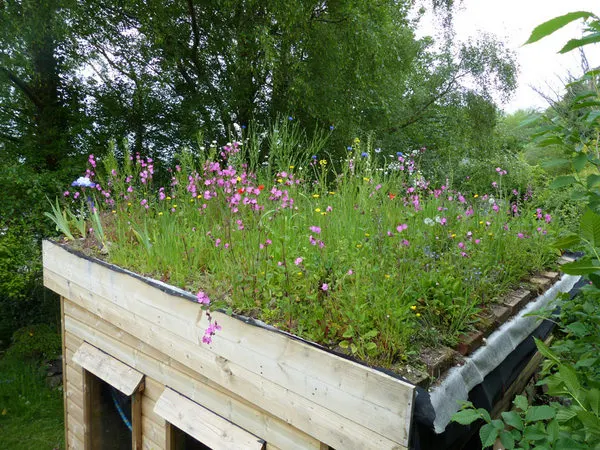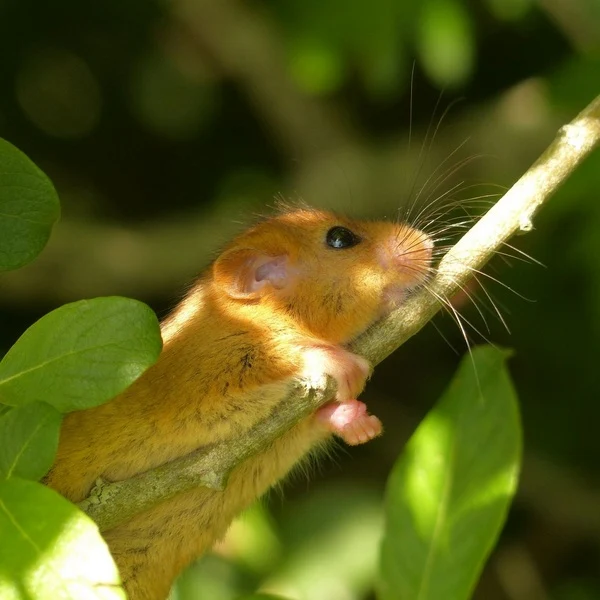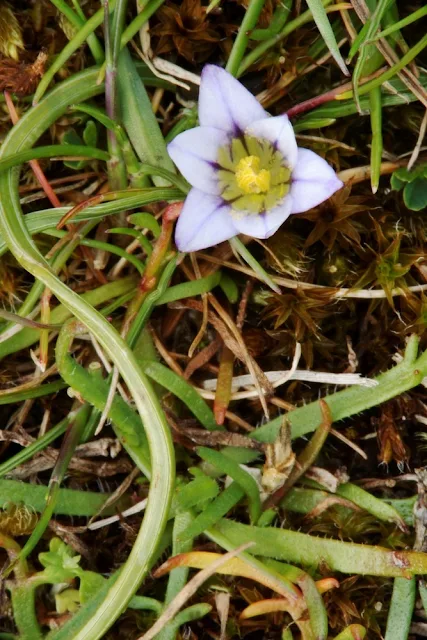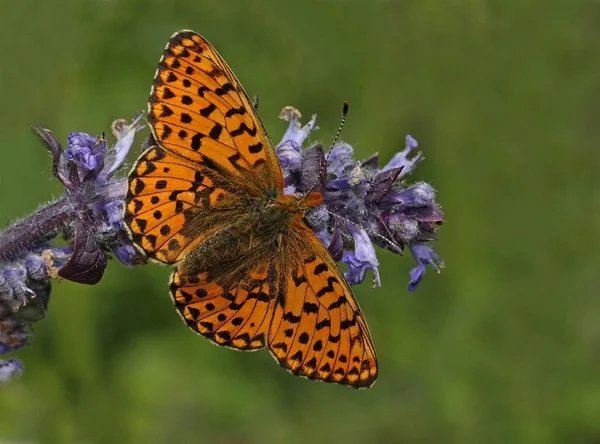The talk, on Thursday 14th January at 7:30pm, is inspired by Professor Goulson's book The Garden Jungle, or Gardening to Save the Planet.
This event has been organised by Dartmoor-based Moor Meadows, a community wildflower and wildlife conservation group. Open to everyone, the event is free but you must CLICK HERE TO REGISTER PLACES
From beautiful butterflies and dazzling dragonflies to the bumblebees, wasps and hoverflies that pollinate our crops, insects make up over half the species on Earth - yet across the globe they are suffering a catastrophic decline.
In the UK, Professor Goulson suggests insect numbers have more than halved in the last 50 years.
But all is not lost. Event organizer and Moor Meadows co-founder Donna Cox of Buckfastleigh said: "Fortunately, there is something we can do to start reversing the trend. Insect populations can recover. With just a few small changes, our gardens and meadows could become a vast network of nature reserves, where humans and wildlife can thrive together."
The free talk on The Garden Jungle will include a Question and Answer session to highlight the simple ways every gardener can help endangered bees, butterflies and other insects.
Professor Goulson said: "The simplest thing you can do to make your garden more wildlife friendly is stop using pesticides. I also urge gardeners to try to be more relaxed and less tidy-minded; mow the lawn less, don't dead-head flowers at the end of summer, leave a log pile or a pile of brash for wildlife to overwinter in. In wildlife gardening, less is often more."
Members of the Moor Meadows community group are already managing more than 1,000 acres of wildflower-rich meadows to benefit insects and other wildlife. Many of these 'meadows' are in village front gardens and one is even on the roof of a shed in Chagford, so a small space dedicated to wildlife can make a huge difference.
Professor Goulson added: "If wildlife is to thrive, we need to create and restore a network of biodiverse habitats across the country, and gardens can play an important role in helping to link up and provide stepping stones between rich habitats such as wildflower meadows."
Places on the free online talk by Professor Dave Goulson can be registered at HERE
'Gardening on the wild side' - Open to everyone, the event is free
More Meadows






